本期内容翻译自Antony McPhee的一篇文章,以下为原文及BIM盒子的独家翻译。
MakingBIM Work: Quality Models
BIM processes only work if there is something those processes can act upon.
No BIM models, no process.
And quality matters: without good quality models no matter how good BIM processes or standards are it will be extremely difficult for anyone to do anything useful.
Pretty basic stuff, but all too often ignored.
Ignored because to ensure these thing happen action has to occur at the very, very, beginning of a project. When each design consultant is signed up, because they are the BIM authors, the ones who will be creating the BIM models.
Ignored because owners assume BIM authors will produce adequate BIM models as part of their normal service, even when the contract deliverables are only drawings, schedules and specifications.
Now, one day this will hopefully change. Consultant agreements will by default contain common, widely understood BIM requirements. Consultants themselves will be familiar and comfortable with BIM software and what is necessary for quality BIM models.
But at present, pretty much everywhere, this is not the case. And it is not going to change if we don’t start addressing this issue directly.
让BIM工作起来:有质量的模型
想要BIM流程真正能够实施起来,这些流程必须有一个实施的基础。
没有模型,也就没有流程。模型的质量很重要,没有一个优质的模型作为基础的话,那无论流程设计的有多好,执行的标准有多严格,都没法做出有实际意义的事情来。
这是个很基础的事,但因为它太基础了,反倒很少有人关注。
之所以没人关注,是因为要获得高质量的模型,必须在项目非常前期的时候,首批制作BIM模型的设计团队,就关注这一项工作。而业主想当然地认为,即使合同上只写了要求交付图纸、表格和规格书,BIM团队还是会主动地提供足够好的BIM模型。
或许有一天这种情况能得到改善,设计合同能够默认地包含普遍认可的通用BIM需求。设计公司也能够成熟的利用BIM软件,来制作高质量的BIM模型。
然而目前,在几乎所有的项目中,事实都不是这样的。要改变现状,我们就得直面这个问题。
Why is there a Problem with Models?
The reason it is so difficult to get quality BIM models from design consultants is that they think their job is, for architects, to produce drawings, for engineers, to produce diagrams. So they use their software, whether BIM or not, to only produce drawings. Also they generally don’t use their BIM software to produce schedules. As they see it their deliverable is a paper schedule, maybe an Excel spreadsheet. So why use your drawing software?
All this is because drawings have traditionally been their tangible deliverable, and is still the main contractual deliverable even in notionally “BIM” projects. Due in part because the reality is that drawings are still the legal documents that contractors use to construct from.
Mind you there are good reasons why drawings are used for legal evidence. All information on drawings is visible and unchangeable. Explanatory text can be included, status, revision sequence and issued date are all clearly displayed. It is very hard for someone to say “I didn’t see it”.
One day BIM models may be able to do these things, or things that achieve the same outcomes. There are examples around that do some of these things, or something similar, like Bentley’s ‘Hypermodel’ functionality, or the open source BIM Collaboration Format (BCF).
But presently there are no common, robust, methods that match the certainty of drawings.
So are architects and engineers justified in using their BIM software to just produce drawings?
为什么模型会存在问题?
之所以很难得到好的BIM模型,是因为设计师们认为自己需要出的是图纸,工程师们认为自己需要出的是详图,所以无论他们使用的是不是BIM软件,他们都只是用来出图。他们基本上不会用BIM软件来出清单表格。他们普遍认为既然要出的是一张纸质的或者电子的表格,用画图软件干嘛?
这一切都因为,在传统的交付模式中,图纸是一种有形的交付物,即便是在已经有BIM概念的项目中,也还是一样的。部分原因是,图纸目前是施工单位进行建设的唯一合法依据。
这是由于图纸上所有的信息都是明显且不可改变的,设计说明、变更以及审核签发日期等都有清晰的说明。看到图纸的人不能说:「我没看见这个信息。」
也许将来BIM模型也能达到同样的功能,目前也有一些产品正向着这个方向努力,比如奔特力公司的Hypermodel,或者是开源的BCF也就是BIM Collaboration Format BIM协作格式。
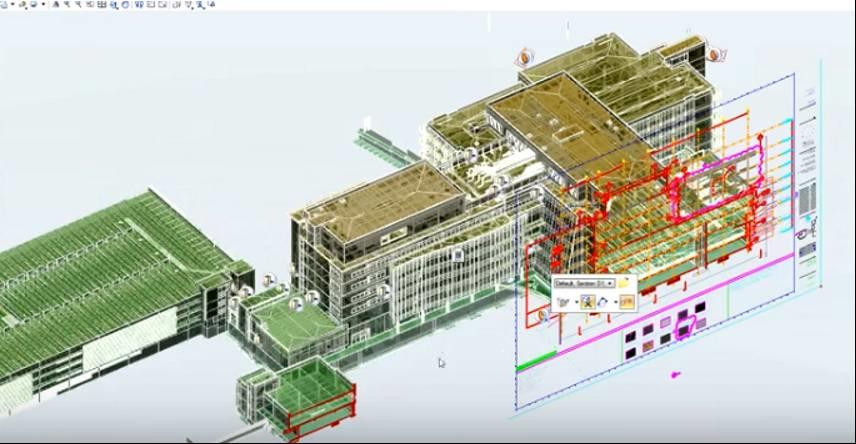
不过BIM目前还没有像图纸那样通行而有力的方法来达到这一目的。那是不是说,建筑师和工程师就可以名正言顺地仅仅用BIM软件来生产图纸呢?
BIMSoftware is Designed to produce Drawings
The softwares we use today to do BIM were not originally designed to do BIM. Theywere designed to produce drawings.
When ArchiCAD came out in 1987 the way it worked was that the building was modelledin 3D up to a point. Once it was decided to move to drawings, plans, elevationsand sections were created as separate files from the model and worked over toturn them into drawings.
Revit came out in 2000 with a similar functionality, except that plans, elevationsand sections remained live. Everything was in the one file, so changes in the3D model instantly appeared in all views created for drawings. But the purposeof Revit was still to create drawings.
Other software now used for BIM started life as CAD programs, with gradual 3Dfunctionality added to assist drawing production (e.g. Bentley, and the nowdefunct AutoDesk Architecture).
BIM as we know it today came from the realisation that the integrated 3D model thatthese softwares produced could be used for other purposes. In practical termsBIM is what these softwares are capable of doing, despite the efforts to extendBIM into the realm of fantasy by the standards wonks and BIM evangelists.
So if you use BIM software as it is intended to be used it will produce drawings for you. There is no need to “take shortcuts” to produce convincing looking drawings. And if you use the software properly it will be BIM ready, it will not “take more time” to do BIM.
BIM软件被设计出来就是为了出图的
其实,我们今天所使用的BIM软件,本来就是为出图而开发的,而不是为了做BIM。
ArchiCAD软件在1987年问世的时候,它的工作方式就是在某种程度上进行三维建模,它被定义为绘图软件,让平面图、立面图和剖面图都可以通过旋转和切割模型,自动被创建出来,并生成独立的图纸文件。
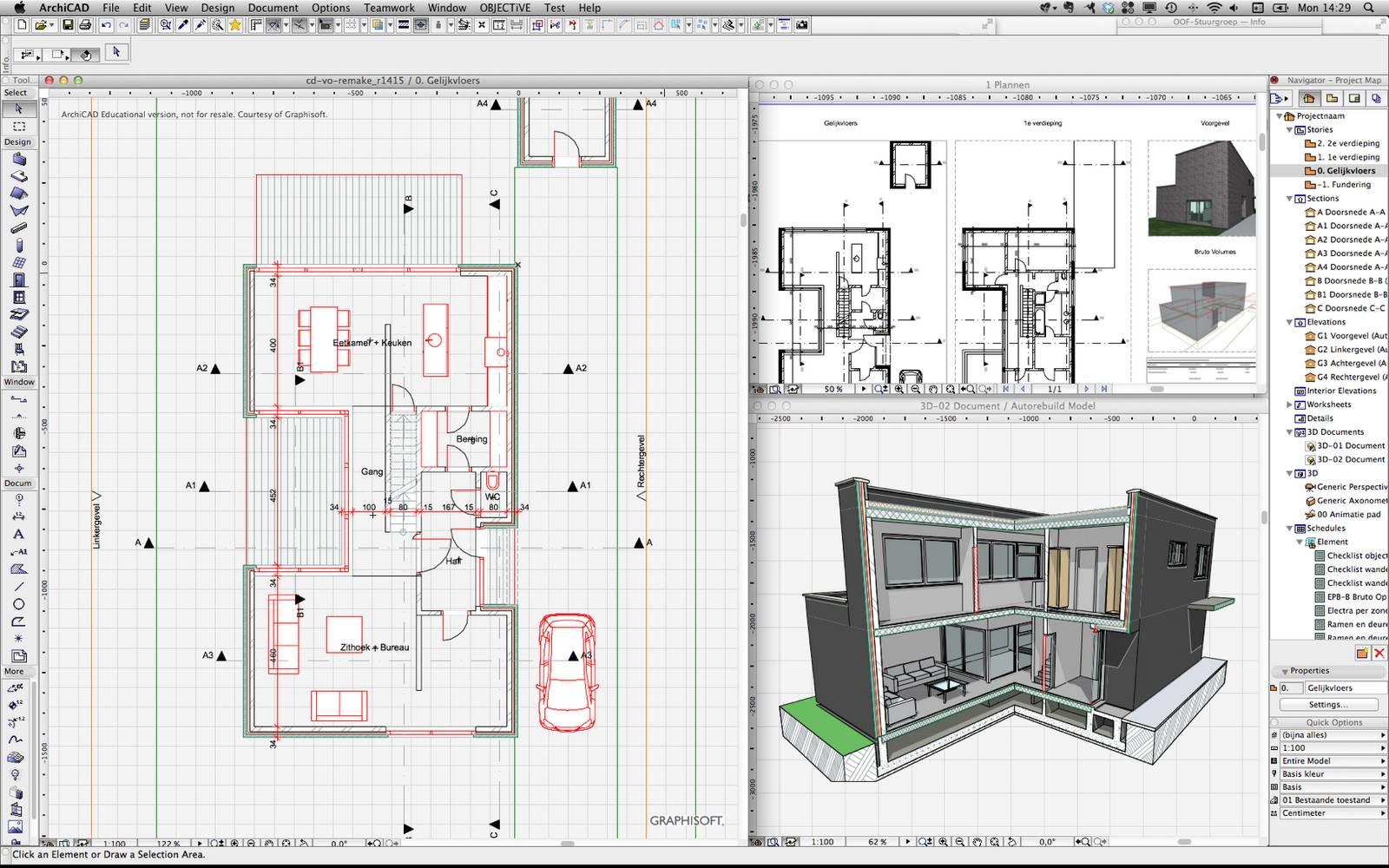
类似的,sketchup软件独立的出图模块也是起这个作用的。
Revit软件2000版本则是在保留了这些功能的前提下,新增了平立剖三视图的关联性。所有图纸都和模型一起被保存在同一个文件中,一旦模型发生更改,所有的图纸也都一起更改。即便这样,Revit的目的还是创建图纸。
其他一些软件,比如bentley或者是已经被合并的 AutoDesk Architecture,也都是基于绘图功能,而增加了一些三维辅助功能。
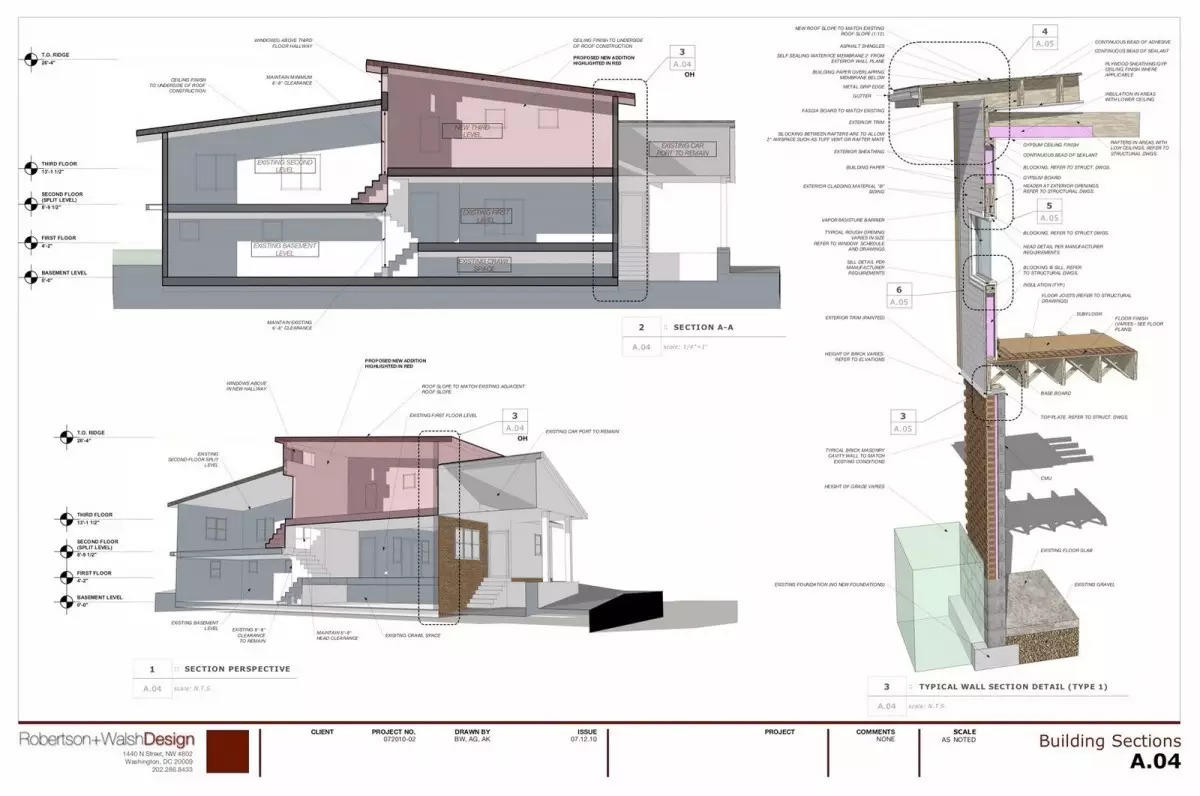
时至今日,软件技术在进步,人们的想法也在进步。我们谈论BIM,指的是BIM软件所生产的模型可以有很多出图以外的用途。具体来说,就是不管那些标准制定者和BIM的推广者怎么讲,我们关注这些BIM软件到底都能实现什么功能。
你要是以BIM软件的本来目的来使用它们,那它们就是用来画图的,你也不必找捷径去画一些很炫的图。而如果你抱有更进一步的目的来使用它们,为真正的BIM做准备,那BIM就不会像很多人说的那样「比传统方式更浪费时间」了。
The Benefits of BIM to Authors
Much is made of using BIM models for 4D (construction sequencing), 5D (quantity measuring), 6D (life-cycle management), and other ‘D’s. They can also be used for analysis and simulations, particularly in engineering – structural analysis, power circuits, mechanical systems etc.
What is often not appreciated is that a BIM model can also be used for quality assurance (QA) purposes. Checks can be utilised that minimise design errors, that ensure the model is in fact a quality BIM model and an accurate representation of what is to be built.
If all you produce are drawings and separate schedules, you can only check drawings and schedules.
If your BIM models are created properly you can use the model to do the checking.
If your walls contain their fire rating as data in a parameter you can colour code those walls, the same for fire rated doors, fire rated dampers etc. Which makes checking that the correct walls and doors are in the right place much quicker than trawling through multiple drawings and cross referencing schedules.
If your doors contain size data you can run a model check for doors with heights or widths below minimum required values. Check concrete walls required to be fire rated to ensure their thickness achieves their rating. You get the idea, the list is endless.
These checks can be manual (e.g. use Filters in Revit or the free add-in Color Splasher to color-code views by object parameter), or automated (e.g. Revit’s inbuilt Warnings, Autodesk Model Checker for Revit, Solibri IFC model checker).
And because drawings and schedules come directly from the model they will be correct if the model is correct.
When I say correct, I mean correct information. Letting software create your drawings and schedules means forgoing some control over graphic representation. But then BIM authors are architects and engineers, not graphic artists. The question they need to ask is not does this drawing look “neat”, but can it be misinterpreted? Will the contractor build the wall using the wrong material or in the wrong place because the lineweight is not exactly right, the hatch pattern doesn’t align perfectly? Will they mistake a grid for something else because its head doesn’t perfectly align with other grids?
The bottom line is that it is possible to be much more thorough when checking a model as compared to checking drawings and schedules. It can also be done much quicker, especially if standardised automated model checking processes are implemented alongside manual checking. All this leads to less errors in documents, meaning less time wasted dealing with mistakes, both internally and on site.
There is no real excuse for design consultants to NOT produce good quality BIM models. They should be doing as part of their normal duty of care.
BIM对作者的好处
很多BIM案例应用的都是4D技术——施工进度模拟,5D技术——成本管理,6D——全生命周期管理,以及更多的D。还可以被应用与分析和仿真,尤其是结构分析、电力分析和机械系统等等。

BIM不怎么被重视的一个应用是,它可以用于QA,即质量保证。通过检查和审核,尽量减少错误,使模型成为高质量的BIM模型,从而精确地指导未来的建设。
如果你手里的东西只有图纸和表格,那你就只能检查图纸和表格。如果你的模型被精细妥善的创建,那你就可以利用它来进行检查。
如果你的模型中的墙包含了防火等级参数,类似的还有防火门或者防火阀,你可以用颜色标注它们的防火等级情况,这样检查防火墙和防火门是否在正确的位置,就比在图纸和表格上检查来的直观和方便多了。
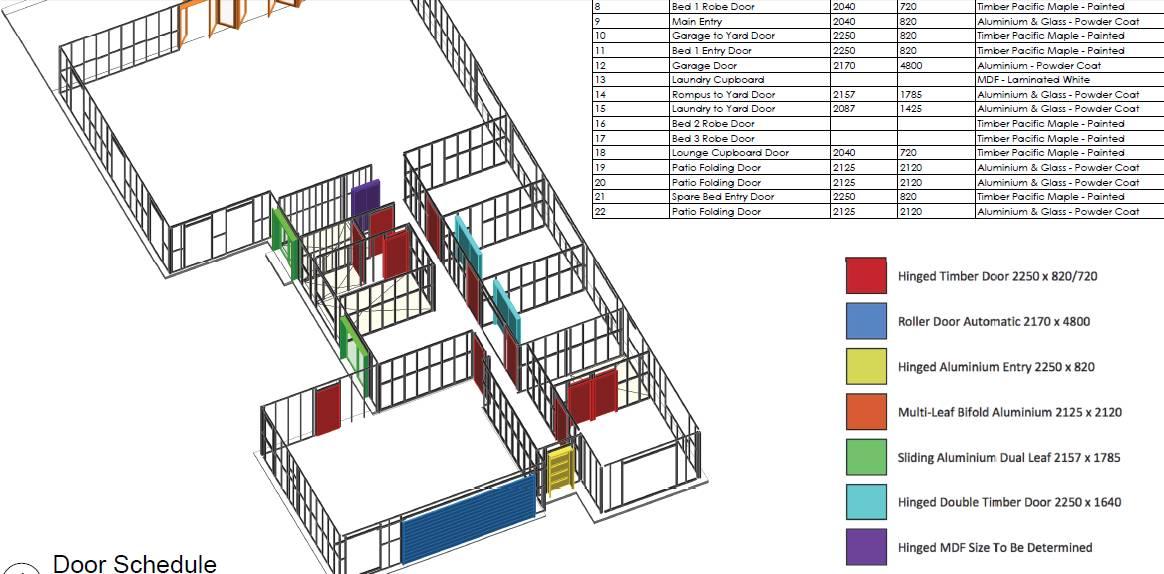
如果你的模型中,所有门都包含了尺寸数据,那你就可以运行一个自动检查程序,给出一个宽度和高度的最小限制值,快速检查有没有小于这个数值的门,从而确保项目中没有不符合尺寸要求的门存在。你还可以利用最小数值的自动检查,看看项目里的防火墙厚度是不是都符合要求。只要有想法,你可以做很多很多事情。
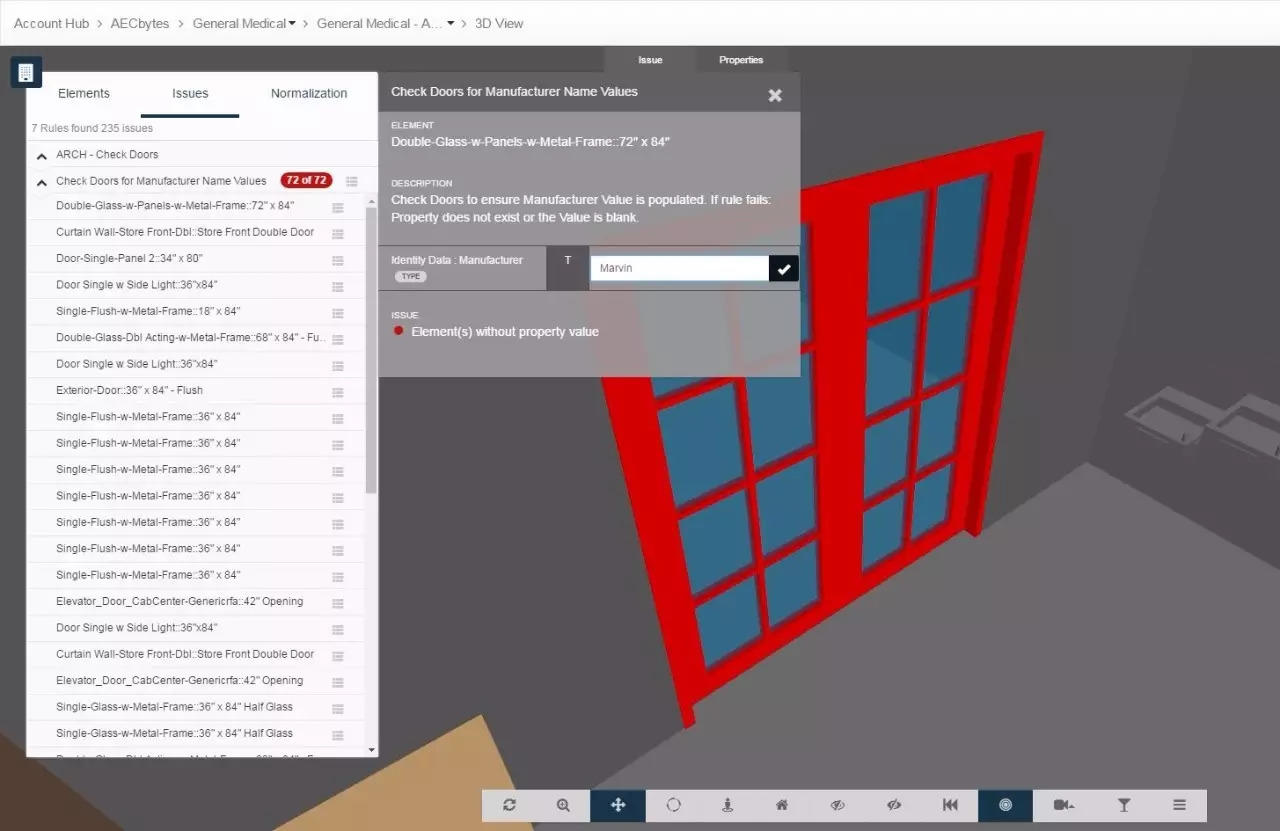
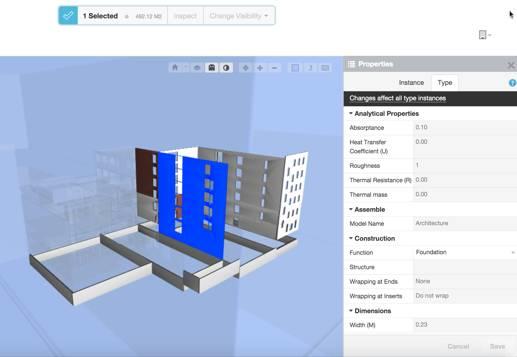
这种检查可以是手动的,比如利用revit的过滤器功能,或者是利用一些插件,比如 ColorSplasher ,给模型中不同参数条件的构件上色。也可以是自动的,比如revit自带的警告功能,AutodeskModel Checker for Revit, Solibri IFC model checker 等等。
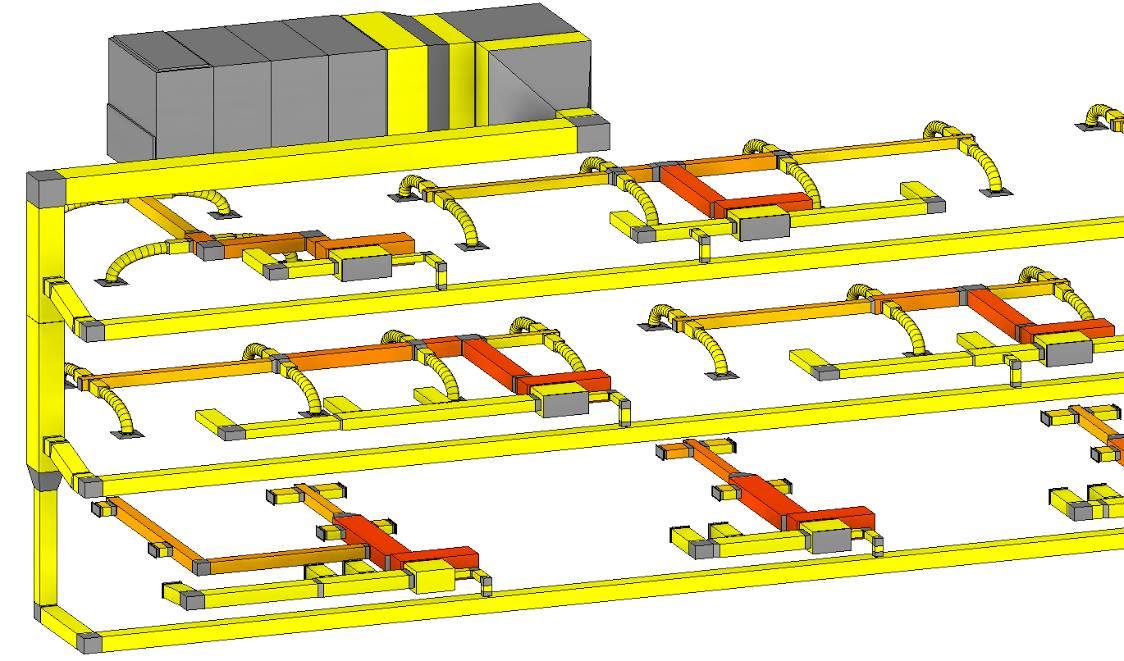
由于图纸和表格都是从模型直接出的,所以只要检查后模型是正确的,那出的图也就是正确的。
我说的正确,是指信息正确。让软件通过模型来自动创建图纸和表格,意味着需要放弃一些对图形表现的控制。但BIM模型的作者是建筑师和工程师,而不是艺术家。他们需要关注的不是图纸是否优雅整洁,而是它是否准确无误。会不会由于图纸线宽的错误、填充图案的错误,导致施工方拿着这份图纸施工的时候弄错了墙的材质,或者干脆建错了地方?会不会因为一条轴网的标头没有和其他轴网对齐,而导致他们把轴网线错看成了墙线?
至少,检查模型比检查图纸和表格来的更彻底,更快捷。尤其是手动检查和符合标准的自动检查相结合的时候。所有这些,都让最终文件中的错误大大减少,也就意味着设计阶段和现场施工阶段浪费在纠错上的时间大大减少。下图是一个图纸上看着没问题,施工时候却会出错的例子。
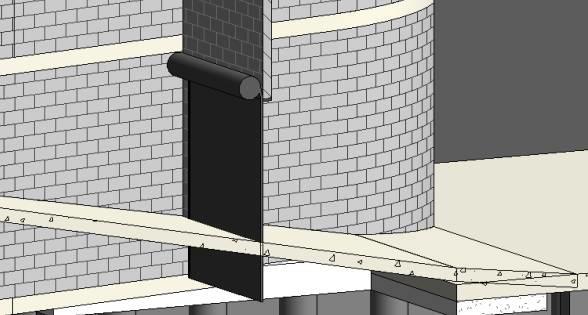
实际上,设计公司没有理由不提供优质的BIM模型,他们的设计工作本来就应该没有错误。他们应该把提供准确无误的模型,当成他们工作的一部分。
Why won’t People Share?
Producing good quality BIM Models is one thing, but if these models are not shared BIM processes will fail.
The comments above about checking the model instead of drawings and schedules extends to other people’s work. It is much easier and quicker to see if structure is aligning with architecture if both models are linked together and viewed in 3D. And there are softwares that can automate this checking. Revit has a built-in clash detection ability, Naviworks and Solibiri are specialised software for doing this type of checking.
Design consultants, particularly architects, generally don’t like giving their native models to anyone. They see them as their property. The justification is that their contractual deliverables are completed drawings, schedules and specifications. BIM models are their “internal working documents”.
Design professionals are also generally paranoid about having their ideas stolen, which they extend to the documents they produce.
And some have this view that as initial author of BIM models they have the right to total control of that model including getting paid whenever anyone makes use of it.
None of these justifications are valid. They just need to get over the fact that in the 21st Century drawings are no longer their only deliverable, and that current legal protections easily extend to cover other deliverables.
However there is a mistaken belief (and not just by design consultants) that handing over models means providing an untouched copy of the model, still containing all its housekeeping and drawing creation setup. None of this is required for BIM Uses. It should be removed – as a requirement. No-one wants to trawl through someone else’s rubbish, and allowing people to recreate the drawings of others is a legal minefield.
人们为何不愿分享?
有了高质量的BIM模型是一回事,而分享是另一回事。如果这些模型不能良好的共享,那BIM流程也就无法成功。
咱们上面说到的用模型检查来代替图纸和表格这种方式,可以延伸到他人的工作流程。如果结构模型和建筑模型被链接到一起,就可以很容易地在三维环境下检查二者是否准确的对齐了。除了用肉眼,还有一些软件自已自动进行这种检查。Revit软件自带这项功能,Navisworks和Solibiri则是为模型检查专门开发的软件。
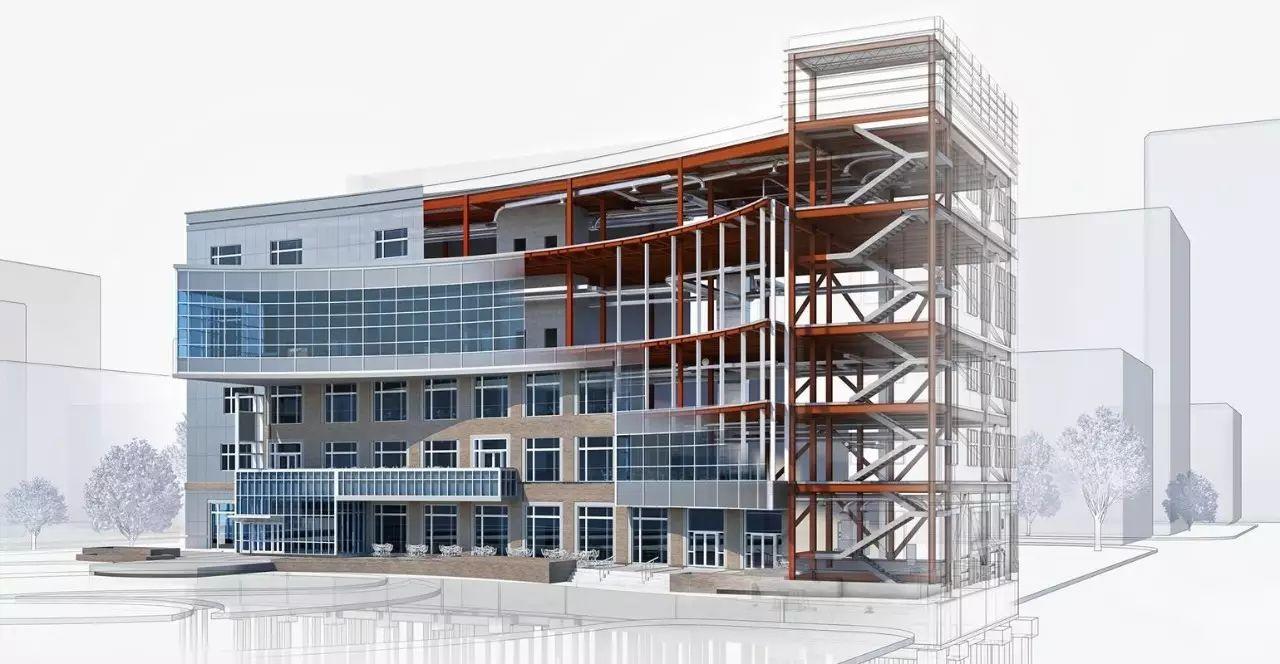
设计团队,尤其是建筑设计团队,不愿意把他们建立的模型交给其他人。他们把这些模型视为自己的私有财产。理由很简单,他们和业主签订的交付合同上要求的,是提供图纸、表格和设计说明。BIM模型被用来生产这些东西,模型本身是「内部文件」。
设计师们也很担心模型文件中所反映的想法和理念被别人偷走,很多人认为,作为BIM模型的原始作者,他们对模型享有控制权,如果你想要这个模型,就应该付费。
然而这些理由在法律上都是无效的。人们需要去适应,现在已经是21世纪了,图纸不再是他们唯一的交付物,现行的法律保护已经延伸到其他的交付物中了。
即便作者同意共享,也存在问题。不仅是设计师,很多人也都认为交出他们的模型就是直接原封不动的copy一份出去,包含所有的视图和原始出图设置。其实这些在BIM应用中都完全没必要,甚至需要在交出模型的时候删除掉。没人需要一大堆对自己没有意义的垃圾信息,此外,在别人的图纸基础上重新绘图也是存在法律风险的。
Whatis a Quality Model?
In simple terms by quality model I mean a model that is:
Fully modelled in 3D.
Is modelled as it will be constructed.
Uses correct categories and types.
All objects contain data about themselves.
Data is consistent and coherent.
and taking into consideration the fact that drawings and schedules are contractual deliverables:
The model must match issued drawings.
Data in the model must match issued schedules.
It is not so much about WHAT information is in the model (which most standards seem to concentrate on, including LOD descriptions, but that the information that is there is complete and can be relied upon.
This is where discussion of BIM becomes confused. Many believe BIM is about extra work and extra data. It is not. It is about data that is produced for normal purposes being in a consistent format.
The final format doesn’t even matter. If data is consistent it can be converted from one format to another. If data required for COBie exists in a model it can be converted to COBie format on export. It doesn’t have to exist in the model in COBie format.
If someone wants data that is not usually created as part of your normal service then it is an extra cost. An architect may put minimum warrantee requirements in their specification, but if the owner wants the manufacturer’s actual warrantee information in the architect’s model that is work they would not normally do and so is an extra.
In short a quality BIM Model is one that has been created by people doing what they normally do and using their BIM software the way it was designed to be used.
Not such a big ask.
什么是高质量模型?
简单来说,我所讲的高质量模型有这么几个特点:
• 完整的三维图形
• 以正式施工为目的而构建
• 族类别和族类型都是准确的
• 所有物体都包含自我说明的数据
• 所有数据都是一致和连贯的
如果再考虑到设计合同中规定需要交付图纸和表格,那还要再加上这两点:
• 模型必须与正式图纸吻合
• 数据必须与正式表格吻合
我并不是很看重模型中必须具备哪些信息,尽管很多的标准规定了这些内容,比如一些LOD标准。我更看重的是模型中的信息是完整而可靠的。
这就是对BIM的认识产生混乱的地方。很多人认为BIM就意味着更多的工作和更多的数据。事实并不是这样的,BIM真正的价值核心是,所有信息保持原本的正常目的,只是它们的格式被统一了而已。
最终是什么格式无所谓,只要格式是统一的,就能从一种格式转变成另外一种格式。如果模型中的信息被施工运营建筑信息交换(COBIE)需要,那就可以导出成COBie格式,而模型中信息本来的格式不一定非得是这个格式的。
如果别人跟你要的信息,不是你正常服务中包含的,的确是额外的工作成本。比如说,建筑设计师一般会在设计文件中做一些简单的维护说明,但如果业主要求设计师在模型中加入一些关于制造商产品的、非常详细的维护说明,那这就是额外的工作了。
简单概括,什么是优质的模型?人们在创建模型的时候,做的还是原本的工作,生产的还是原本的信息,只是利用了BIM软件,这些软件被设计出来本来就是干这个用的。这样做出来的模型,就是优质的模型。
真不是什么大不了的事。
How to Obtain Quality Models
As explained above it can’t be left solely to design consultants to initiate quality models. To be fair that is not all design consultants, there are some who are very good. And not yet, one day it will become standard practice, but for now owners have to be proactive.
There are two places requirements can be spelt out: – consultant engagement agreements and a project’s BIM Brief.
Consultant engagement agreements are better because they are contractually binding, whereas a BIM Brief may or may not be, depending on what is in consultant engagement agreements. Also the BIM Brief may not be completed before consultants are engaged (particularly if those consultants are expected to participate in creating the BIM Brief).
Generally best practice is to include generic BIM model requirements in consultant engagement agreements, with specific requirements, and perhaps specific examples of good modelling practice, in the BIM Brief.
It is also best practice to embed BIM requirements within consultant engagement agreements and not simply have a separate “BIM Addendum” or “Exhibit”, which can lead to contradictions and perpetuates the belief that using BIM is a separate service.
怎样获得优质的模型?
刚才我们也说了,不能只是靠设计咨询团队来生产优质的模型。公平的说,还有其他人适合做一部分的工作。也许有一天我说的这种情景会成为惯例,但目前还不行,还得靠业主有一定的前瞻性。
有效的需求可以在两个地方提出来:顾问聘任协议书(在中国就是设计招标文件和设计合同),还有项目BIM章程。
顾问聘任协议书相对来说更好一点,因为它一般是跟合同绑定在一起的,而项目BIM章程有时候是这样,有时候不是,这取决于顾问聘任协议是怎么写的,尤其是有的时候业主还指望着设计顾问介入后帮他们来编制BIM章程呢。
一般来说,比较好的做法是,在顾问聘任协议书中包含一个通用BIM模型要求,而在BIM章程中有具体要求和一些模型样例。
最好的方法就是,将BIM需求融入到顾问聘任协议书中,而不是附加一个BIM条款。附加条款会让人产生抵触,因为BIM在这里成为了一项独立的附加工作。
Current BIM Engagement Documents
A number of organisations have produced contract addendums for BIM.
In the US there is the AIA Document E203-2013, BIM and Digital Data Exhibit by the American Institute of Architects, and in the UK the CIC/BIM Protocol by the Construction Industry Council.
None of these documents adequately address the issue of model quality. Some are better at addressing model sharing than others, but then introduce unnecessary complications. And some are simply impenetrable for normal humans, those who have to implement them.
The AIA E203-2013 is more like a BIM Brief, or BIM Execution Plan, it describes BIM processes rather than modelling requirements.
The CIC/BIM Protocol is mainly about sharing of models and delivery. That is if you can understand it. You would think by the 21st Century lawyers would have learnt to write understandable English. There is one sentence of 130 words with the only commas dividing up lists of items.
It also has other issues that conflict with standard head consultant engagement agreements.
I’m not saying these documents are useless or dangerous (although I’d be careful of using the CIC/BIM Protocol), but they are not enough to ensure quality BIM models.
目前的协议文件参考
一些组织给出了BIM合同附录的样本。比如美国建筑师学会的 AIA Document E203-2013, BIM and Digital Data Exhibit ,英国建筑协会的 CIC/BIMProtocol.
这些文件都没有充分讨论模型质量的问题。有些文件对模型分享的说明比较详细,不过也同时带来了不必要的难题。有些内容则让实施BIM的正常人来读起来难以理解。
AIAE203-2013文件更像是一份BIM实施章程,忽略了模型质量而更重视BIM流程。
CIC/BIMProtocol的内容则主要是关于分享和交付模型,前提是你能读的懂它。读这份文件你得像一个现代的律师那样思考,文件中有的话长达130多个单词,里面只有几个用于分隔名词的逗号。文件中还包含一些和现有标准协议冲突的地方,总之这份文件值得吐槽的地方还是不少的。
我不是说这些文件没有用或者有什么危险,尽管我还是会小心使用CIC/BIM Protocol,但是对于BIM模型的质量,这些文件描述的确实不够好。
What to put in Model Author Agreements
By Model Authors I mean anyone who is going to create BIM models. This may include design consultants, sub-contractors, construction consultants, and possibly FM consultants.
I’ve only discussed model sharing and model quality above, but there are other issues that should be covered within contractual agreements. The minimum that an agreement should cover includes:
participation in BIM planning
provision of adequate resources to achieve BIM
model sharing
model quality
model use
Some examples:
BIM Planning
The Project BIM Briefing Plan forms part of the building brief and must be complied with.
When requested the Consultant will participate in the process to develop and update all project BIM Management Plans and will comply with these plans.
When requested the Consultant will attend BIM Planning meetings, Coordination and Clash resolution meetings.
Resourcing
The consultant will provide, at their own cost, all software, hardware and training required to comply with their project BIM requirements and responsibilities.
A person experienced in use of the Consultant’s main documentation software will be appointed Discipline Model Manager and be available to attend BIM meetings and address BIM and software related issues raised by other project participants.
Model Sharing
All models the Consultant creates for the project, and all exports from those models, shall be made available without restriction to all other project participants.
The consultant may, and is expected to, remove all elements, options, views, imports etc. that do not contribute to issued drawings and schedules from models before issuing them. They may also remove all titleblocks, sheets and layouts used to create issued drawings.
It is acknowledged that the Consultant retains Copyright of their authored models.
The Consultant will respect the rights of authors of models issued to them and will not use those models, or parts of those models, for purposes not directly required by the project.
The Consultant will not provide to third parties models issued to them by others without the consent of the model author.
The Consultant will not print or export contract drawings or schedules from models provided to them by others. If drawings or schedules are required they must be requested from the original model author.
Model Quality
The Consultant will ensure the information in issued BIM Models exactly matches information issued as drawings, schedules and other related documents. This requirement only extends to information that has been modelled or placed as parameters in model objects. (i.e. excludes 2D details and data linked to the model then used in schedules).
Model Use
The Consultant accepts that models issued by them will be used by others as a source of information for work the Consultant is responsible for.
The Consultant will make reasonable endeavours to ensure their models are adequate for purposes others may want to use their model for. However the Consultant can reserve the right to seek compensation from others if it involves work additional to their normal service.
模型作者协议中该写些什么
这里的模型作者,指的是所有参与创建BIM模型的人。这里面包括设计顾问、分包商、施工单位甚至是物业管理顾问。
上面我说过了模型分享和模型质量,还有一些问题是需要在合同和协议中被覆盖到的。我认为一份协议至少需要包含以下几条内容:
• BIM项目计划
• 实施BIM的资源
• 模型的分享
• 模型的质量
• 模型的使用
举一些例子:
BIM计划
BIM执行计划是建造计划的一部分,必须严格执行。
当甲方提出需求时,设计顾问必须参与到BIM管理计划的开发和更新工作,并严格执行这些计划。当甲方提出需求,设计顾问必须参与BIM计划会议,协调会议和碰撞问题解决会议。
BIM资源
设计顾问需要自费提供相关软件、硬件和培训,以满足他们自己对项目BIM工作配合的需求和职责。顾问公司需要指定有经验的专人负责本解决本项目的BIM应用问题。
模型分享
设计顾问为本项目创建的所有模型和所有导出的格式,需要和项目其他参与者兼容。
设计顾问在正式出图之前,最好删除模型中所有与这些无关的元素,比如模型设置、视图、参照文件等;在正式出图后,也可以删除用来出图的表格、标题和图形布局等。
设计顾问对自己创建的模型保有著作权。对于其他模型作者创建的模型,设计顾问无权将它们用于与本项目无关的事项。
未经允许,设计顾问不得将模型作者创建的模型提供给第三方。设计顾问不得利用他人提供的模型做正式出图用。如果需要图纸,设计顾问需要向模型的原作者提出需求。
模型质量
设计顾问必须保证正式交付的BIM模型中的信息,与正式交付的图纸、表格及其他文件完全吻合。
模型使用
设计顾问需接受他们创建的模型作为资源,被他人使用。这属于设计顾问创建模型的责任之一。设计顾问需为他人能够正常使用他们的模型而做出合理的努力。对于超出常规服务范畴的要求,设计顾问保有增加服务费的权利。
Example Model Quality Requirements
This list is generic enough to apply to all those who author models and the different BIM authoring software they use. It is by no means exhaustive, and can be augmented by specific requirements.
All project participants shall use compatible software to facilitate model exchanges. If a particular software is used by multiple participants all shall use the same version and all shall keep it updated.
A control model shall be created for levels, grids and shared coordinates. This shall be used by all model authors to establish common baseline information.
Correct categories shall be used, or layers / types etc. will be named to identify the type of object. For example, beams must be modelled as beams, or identified as beams, and not as floors.
All model elements in authoring models shall be in the authoring BIM software format. Imported geometry of a format different from authoring software shall not be used for parts of the building the consultant is responsible for.
Modelling shall, where possible, match construction methods. For example walls go between floor slabs, not through them.
All 3D models shall be consistent with issued 2D drawings.
All parameter data shall match issued schedules. This includes, but is not limited to, Area schedules, Revisions, FFE, Wall types, Equipment schedules.
Deliver 3D models as separate files per discipline with the same base point.
All 2D/3D drawings/models used as references in issued drawings shall be provided with the host file. Pathing of linked files shall be relative and not absolute.
When requested editable 3D geometry and data shall be issued in native authoring formats (e.g. RVT, 12da, .DWG, .DGN, Moss Genio, ASCII etc) as well as published formats (ie. .PDF, .NWC, DWF etc).
Ensure that all elements are modelled as individual selectable elements rather than multiple elements modelled as one element
Elements, including groups and nested components, are not to be mirrored where doing so creates a different product. (e.g. a dishwasher with an outlet on the left is a different product to a dishwasher with an outlet on the right).
Main construction elements (walls, columns, slab edges etc) and setouts are to be perfectly orthogonal or at angles no greater than 2 decimal points (e.g. 31.65°).
All dimension entities must be rounded to the nearest 1 millimetre, no higher (or rounding errors may occur in strings of dimensions). Dimension values shall not be overridden.
For those of you who know how to use your BIM software the things listed above will be seem pretty basic and obvious. Hopefully there is nothing that you are not already doing. But sometimes the simplest thing can prevent models from being used.
模型质量要求的例子
以下是一些在不同的模型作者和BIM软件中通用的需求。注意不要原方不动的引用,在特定情况下可以修改和强化。
• 所有模型创建参与者需要使用相互兼容的软件。若一款软件是由多方同时使用,那所有参与者必须使用统一版本,并保持更新。
• 需要有一个核心控制模型,来规定标高、轴网和共享坐标。所有其他模型的建立需以此模型作为基准。
• 模型的族类别必须准确,若建立模型的软件使用图层,则构件所在的图层必须按照相应的组类型进行命名。比如梁必须按照梁这个类别建立,或者它所在的图层必须命名为梁,不能是楼板。
• 同一个模型中的所有元素必须是同一个软件创建的,从其他软件导入的不同格式的图形不可以作为模型的一部分直接使用。
• 模型应尽可能符合实际施工情况,比如墙要在两层楼板之间建立,而不是整体穿过楼板。
• 所有3D模型必须与正式发布的2D图纸相吻合。
• 所有的参数数据必须与正式发布的表格吻合,包括房间面积、修订记录、墙的类型、设备类型等。
• 每个专业的3D模型需参照同样的基准点单独发布。
• 所有作为参照的2D图纸和3D模型,需要与参照他们的图纸共同发布。链接文件的路径必须是相对路径,而不是绝对路径。
• 必要情况下3D图形和数据需要同时发布两种格式,一种是模型创建软件本来的格式,比如RVT,另一种是通用格式,比如PDF NWC或者DWF
• 确保每个元素都可以单独被选择,而不是很多元素被建立为一个同一个可选择元素(比如将多个设备建立成同一个族文件而不能选择单个设备)
• 不可以像CAD那样,通过镜像创建不同的构件。比如接口在左边的风机和接口在右边的风机是完全不同的两个产品,不能通过镜像来创建,而是要单独创建一个模型。
• 建筑主要构件如墙、柱、板必须绝对正交,如果不是正交,则夹角最多精确到小数点后两位,比如可以是31.65°,不能是31.6532°。
• 所有尺寸单位必须四舍五入到毫米,不可以人为修改尺寸标注数值。
作为熟悉软件的你来说,上面列出的这些可能看起来非常基础。希望这些在你的建模工作中都能轻松的一一做到。有的时候就是最基础的事情导致模型无法正常使用。因为很多高级的关联参数都是基于底层参数创建的,一旦底层参数出现了问题,高层参数就会出现各种奇怪的错误,有的错误你都不知道是怎么回事。
Summary
• BIM requires quality BIM models.
• BIM requires BIM models to be shared.
• BIM software, if used as intended, will produce quality BIM models.
If you are a consultant or sub-contractor who authors BIM models review how you are using your BIM software. If those using it in your office are treating it as a drawing tool rather than a modelling tool then retrain them and introduce processes that ensure quality models are produced.
Accept others require access to your BIM models, and when providing those models make sure they only contain information you would normally be providing anyway.
If you are an owner, or contractor who engages design consultants and/or sub-contractors, review your engagement agreements and include minimum BIM and modelling requirement, and the obligation to share models. Don’t rely on those you engage to do it for you unless you are certain that they will. And if they complain it will cost more find another consultant or sub-contractor that knows how to do their job properly.
总结
-
BIM需要高质量的模型
-
BIM需要模型被分享
-
只要使用得当,BIM软件都能够创建高质量的模型
如果你是设计师,或者是需要创建模型的分包商,重新看一看你是不是在正确的使用BIM软件。如果你和你的同事只是把BIM作为出图工具而不是建模工具,那你们需要重新培训和学习,才能创建高质量的模型。
学着接受其他人向你索要你的模型,只要他们要的是你以份内的工作为目的创建的模型,而不是一些你本来不做的工作。
如果你是业主或者总包,聘请设计师、咨询公司或者分包商来帮助你创建模型,重新看一下你的协议书和需求书,是不是包含对模型质量和模型分享的需求。如果你不提出要求,别指望别人来替你考虑这些问题。如果你提出的要求使他们抱怨额外增加了工作量,那你需要换一家做的更好的公司。

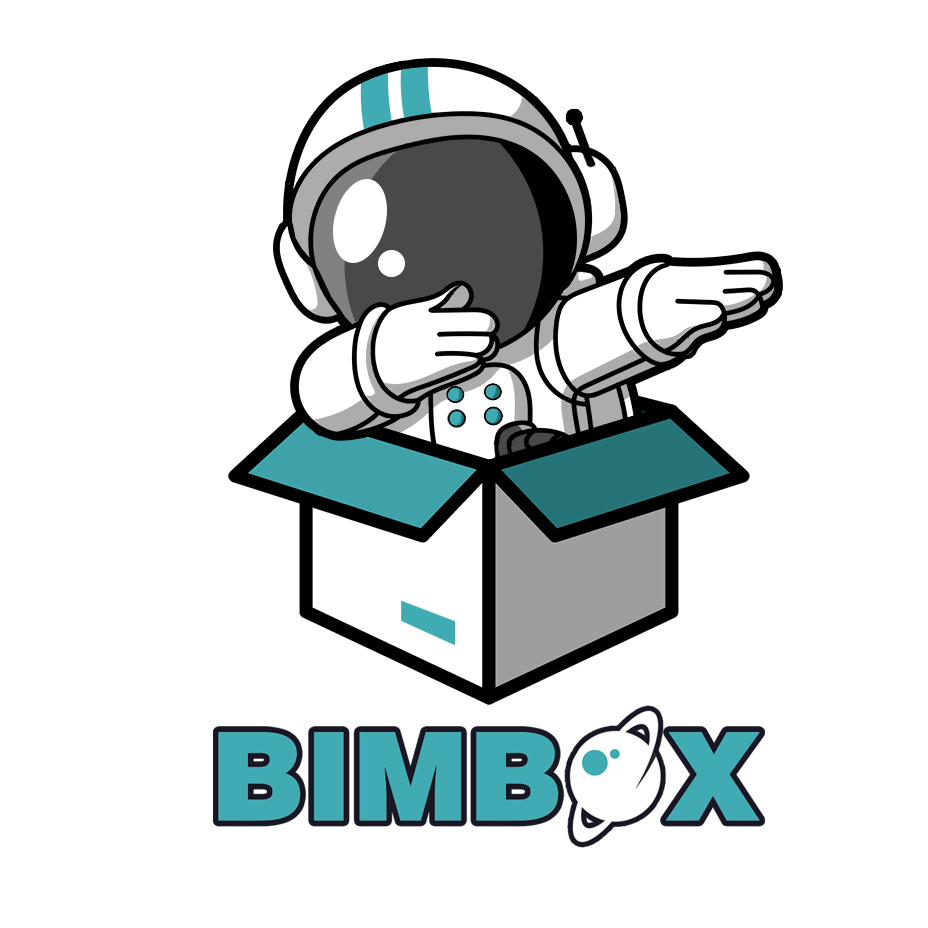



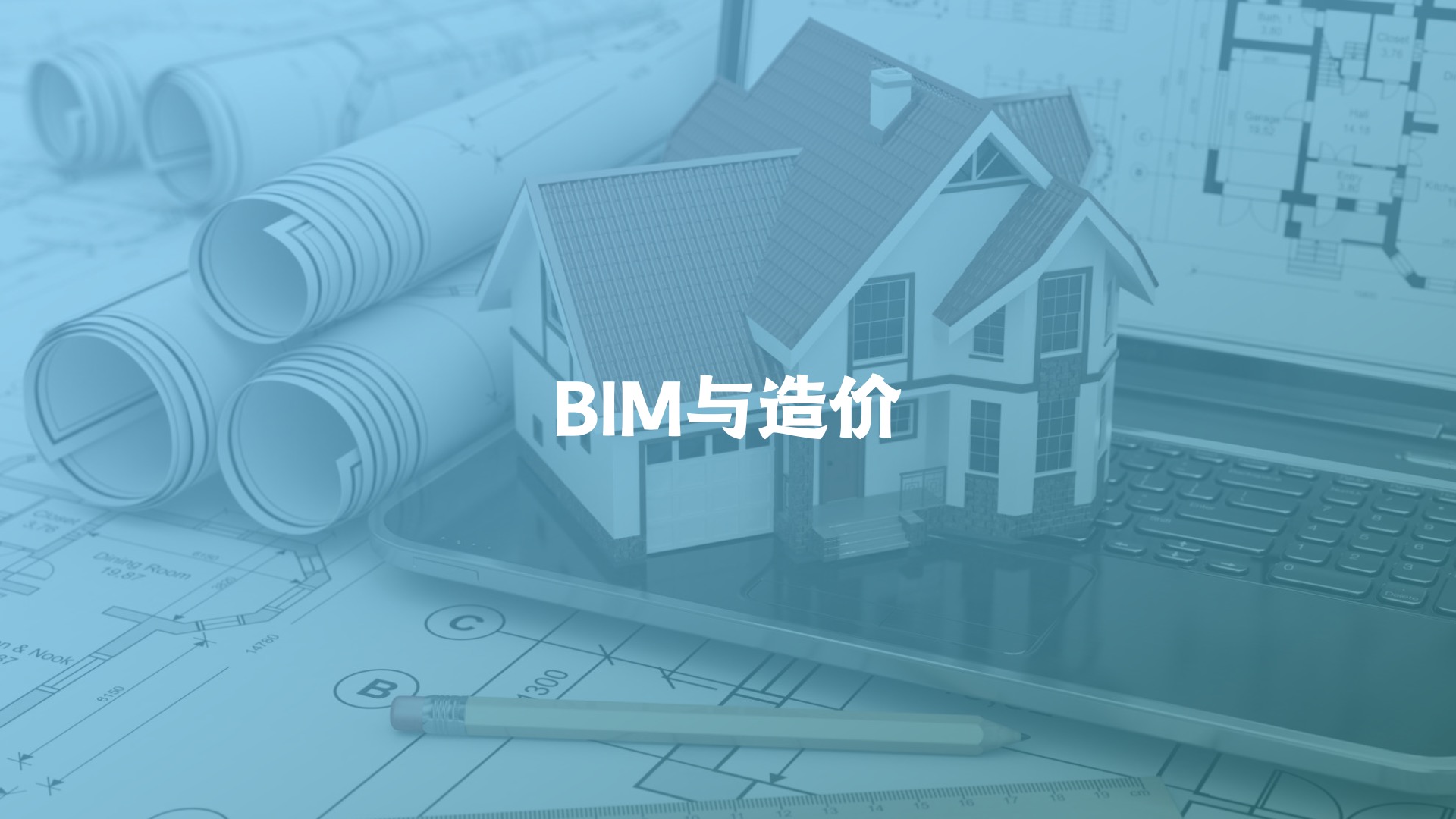



暂无评论
要发表评论,您必须先 登录